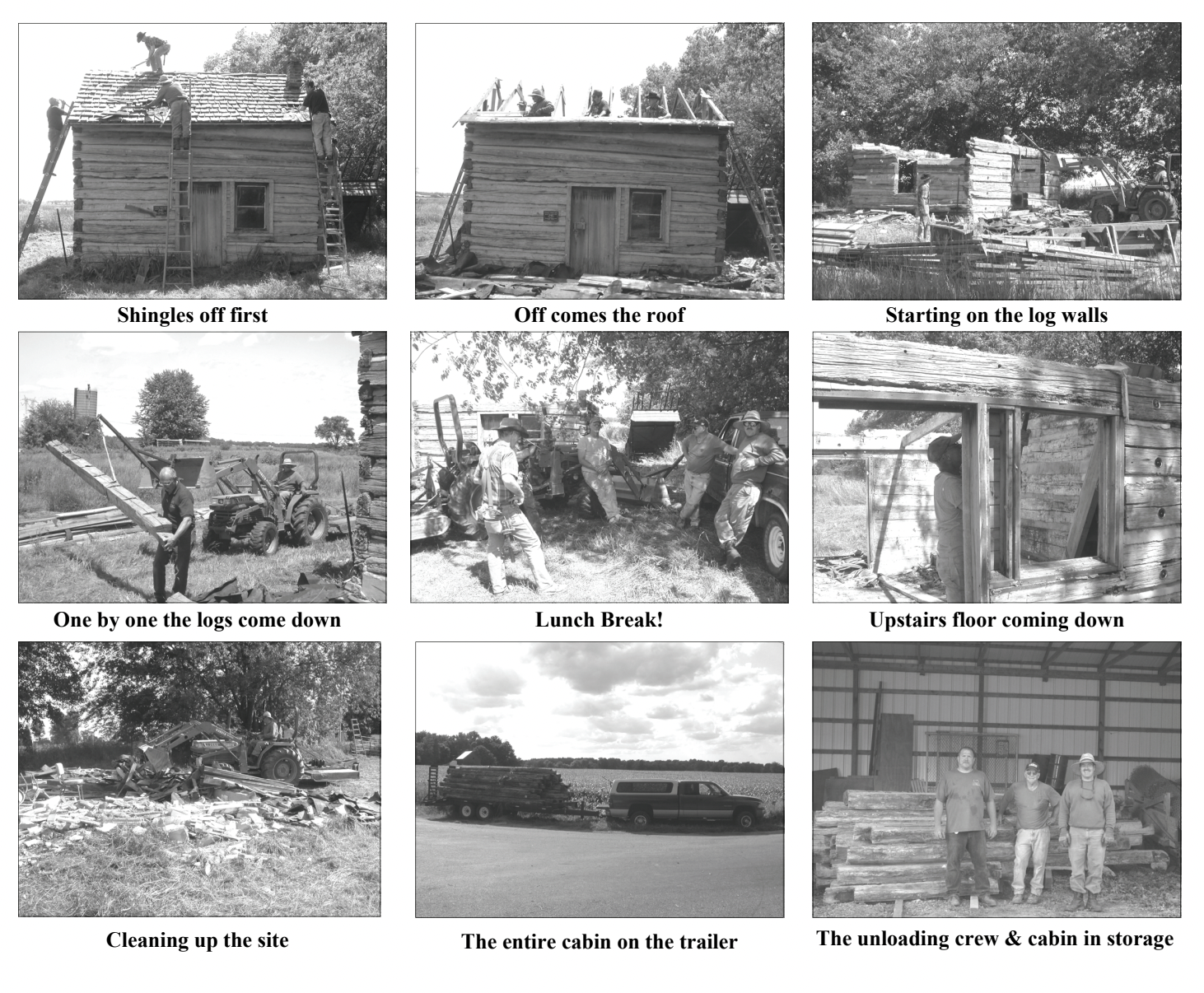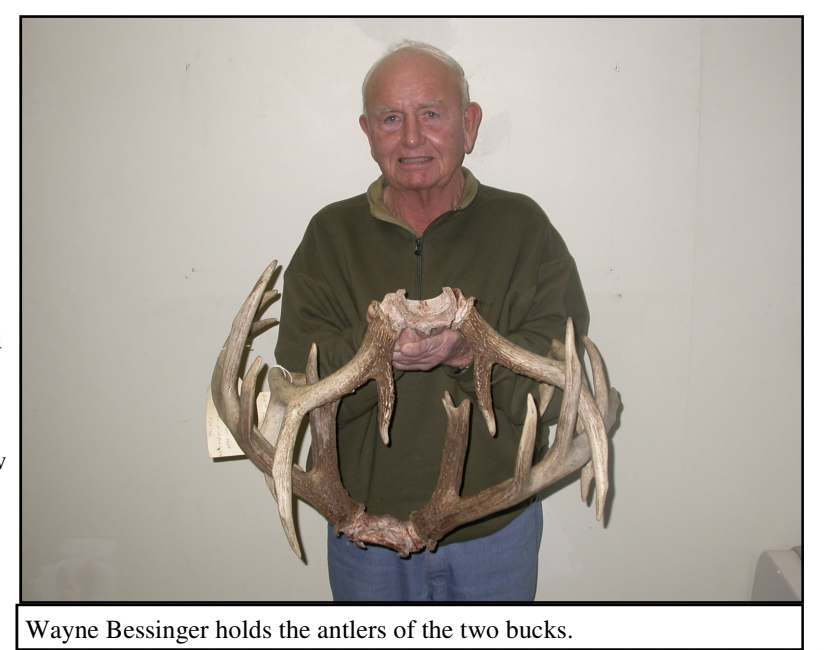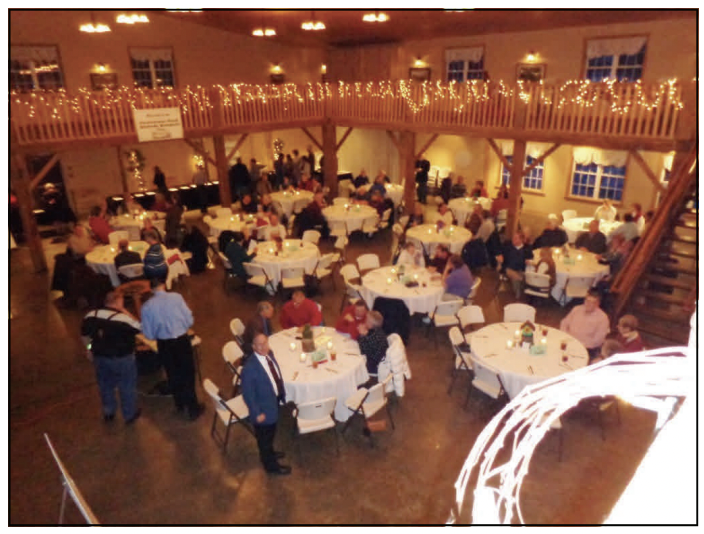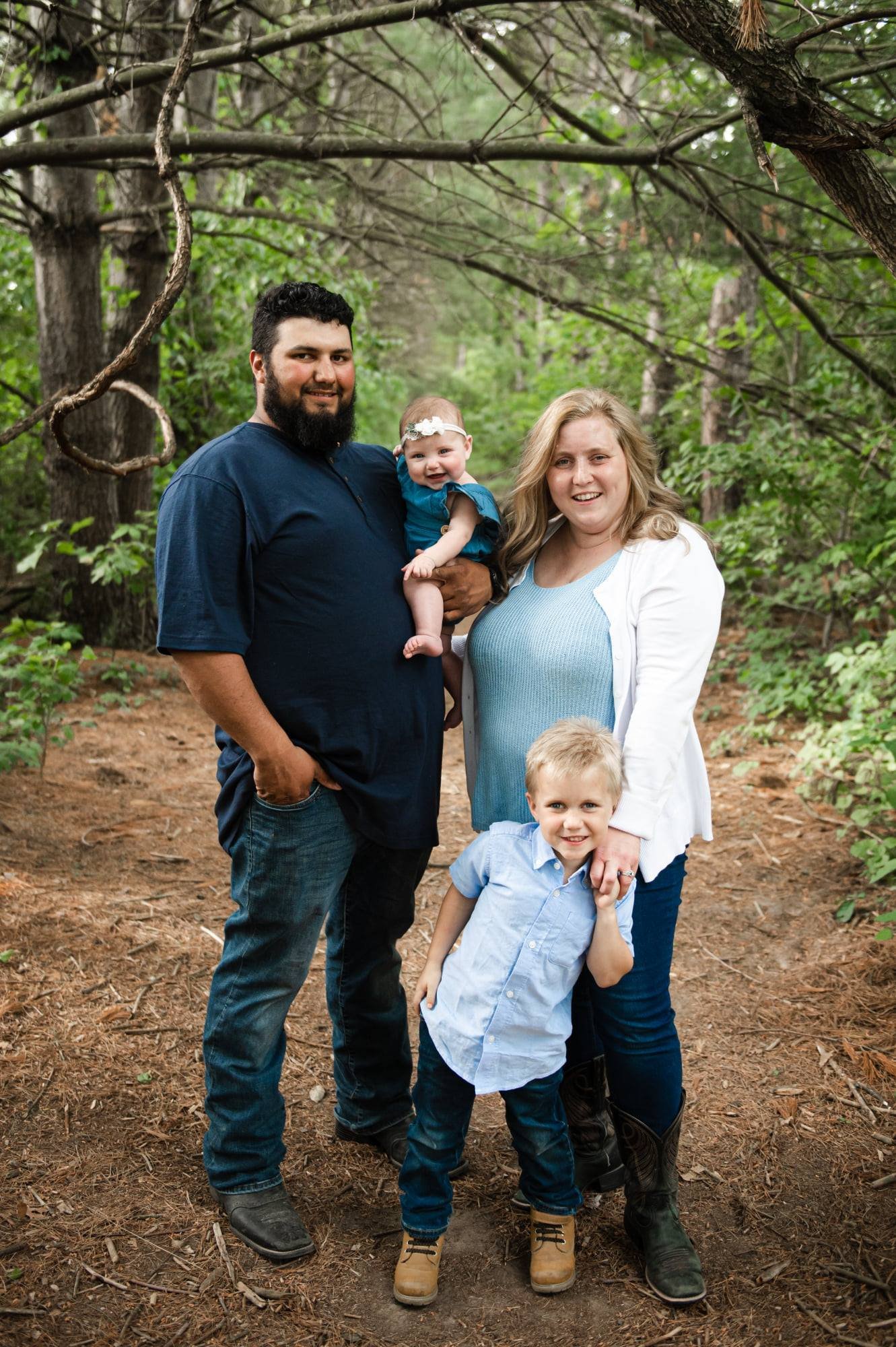Potawatomi Park Inc History
-

1834-1848
Osheakkebe, also known as Stephen Benack, was an ogimaa (leader) whose village was near here (Potawatomi Wildlife Park), 1834-1848. Born circa 1780 of Potawatomi and French-Canadian heritage, Benack resisted United States’ taking of lands long inhabited by Indians and sided with Great Britain in War of 1812. He and allied Indian leaders signed 1815 peace treaty at Spring Wells near Detroit.
From the October 27, 1832 treaty, Benack received three sections of land in Marshall County in the area where the Potawatomi Wildlife Park is located today.
In 1834, U.S. surveyors noted on their map an Indian Village on the north side of a bend in the Tippecanoe River on the boundary between sections seven and eighteen in township thirty-two north range four east.
On an 1834 journey along the Tippecanoe River from the Potawatomi Mills (near Rochester) to Turkey Creek prairie, Sandford Cox was informed that the only “house” between the mill and Turkey Creek was “that of Bennack, a half breed, and one of the head men among the Pottowattomies, at the crossing of Tippecanoe River.” Cox noted “Bennack’s Ford on Tippecanoe River” located “about one half mile below Bennack’s village.” Sanford Cox, Recollections of the Early Settlement of the Wabash Valley (Lafayette, 1860), [135]-139 (B061510).
In October 1839, William Polke traveling up the Tippecanoe River, stopped at “Benacks village.” On this trip, to notify the Potawatomi Indians about another removal attempt to lands west of the Mississippi River, Polke found the Indians unwilling to move because of the lateness of the season.
In 1840, Stephen Benack is listed in Marshall County, Indiana Census.
Benack appears to have moved off of his Marshall County land by July 1848. Benack was described as living in Kosciusko County where he owned 320 acres of land, with 80 acres cultivated at that time. The report also listed a small number of Indians under his care at this location.
In 1849, Benack sold a large portion of his Marshall County lands to his daughter, Mary Ann [Benack] Peashy [Peashway]. This included all of Section 7 (where the village was located).
Charles H. Faulkner, An Archaeological Survey of Marshall County conducted the original archaeological survey of Marshall County and claimed that he “easily found” the “historic Ben-ak village.” The site, MR-231, is located in section seven, township thirty-two north, range four east on the Tippecanoe River.
Archaeologist Dr. Mark Schurr conducted excavations for the Notre Dame Archaeological Field School at the Benack Village site in 1996, 1997, 1998, and 1999 and confirmed the location of the village. The site has been highly disturbed by farming, but the 1999 field school was able to locate the general vicinity of the 19th century Benack cabin. “The Ben-ack Village site, (12MR231)… is now located in the Potawatomi Wildlife Park.”
SOURCE for above information: https://www.in.gov/history/state-historical-markers/find-a-marker/find-historical-markers-by-county/indiana-historical-markers-by-county/benacks-village/
-
October 1977
Vernon Romine signs Last Will and Testament.
Vernon Romine was a local land owner who visualized a park open free of charge to the public. His vision was to have an area where visitors, especially children and the poor and deprived, could enjoy recreation without being concerned with financial burden.
-

July 2, 1979
Vernon Romine passes away and left an estate of 151 of the current 317 acre park property and an endowment fund to be administered by a board of directors. In his will, Vernon Romine left the task of developing the property to five service clubs in the area. These five service clubs are the Lions Clubs of Bourbon, Etna Green, and Mentone and the Kiwanis Clubs of Bremen and Bourbon.
-
November 29, 1982
The property and assets were incorporated with 151 acres and $425,000 in assets and a Board of Directors comprised of representatives from the five clubs: Lions-Bourbon, Mentone, & Etna Green Kiwanis Bourbon & Bremen.
-
1983-1984
Property squared off to equal 200 acres (Purchase 4.48 acres from Pealy Heckaman- , 6.9 acres from John Jennings, Rex Fites-6.2 acres, Larry Koontz-est. 20 acres, Larry Fretz-8-10 acres
-
May 1984
Became a 501(c)3 not-for-profit foundation in May of 1984.
-
May 1984 - June 1991
Roger Sill- Park Manager
-
1984-1987
Ponds Built (Pond #1, 2, 3, 4)
-

June 1987
Park Grand Opening
-
1987
Shop built
-
1989
Managers residence built
-

July 1991
Michael Stephan- Second Park Manager hired
-
Summer 1991
Park hours change to Dawn to Dusk year round
-
1992
56x24 equipment pole shed erected
-
Fall 1992
Parks first “News & Views” newsletter
-
Fall 1993
“Friends of Potawatomi” created to recognize donors
-
September 1993
First Annual Family Fishing Derby held
-
Summer/Fall 1994
Newsletter renamed “The FireKeeper”
-
1995
$26,000 Restroom/office addition added. Old office turned into a nature center
-
1995
Potawatomi Wildlife Park announces partnership with the Warsaw Astronomical Society to conduct public astronomical programming.
-
1996
Notre Dame Dept. of Anthropology Summer field class Field survey: included mapping, shovel probing, magnetic surveys, and test excavations.
-
1996
Bald Eagle Sighted on Park. Recently released River Otter sightings also occurred
-
Fall 1996
Wildlife Viewing Windows installed in Nature Center via a donation from Reynolds Metals Co. and North American Glass Industries of South Bend
-
1997
Potawatomi Wildlife Park goes on line with its first website
-
1997
Potawatomi Wildlife Park opens a permanent fund with the M.C.C.F. with a $1,100 contribution from Wayne Bessinger. Will & June Erwin contributed $5,000 on the condition that the park matched it. The Park offers to match all contributions to the fund.
-

1997
Goose Pond Taxidermy donates several thousand dollars worth of taxidermy items to the nature center.
-

1997
Notre Dame Dept. of Anthropology Summer field class Field survey: consisted of magnetic and resistively surveys of most of the south field, surface surveys of wildlife food plots, and the excavation of four units to test geophysical anomalies identified during the geophysical survey of the south field.
-
Spring 1998
Herpetology survey conducted to develop baseline populations. Endangered/threatened species Northern Leopard Frog and Blandings Turtle discovered.
-
1998
Notre Dame Dept. of Anthropology Summer field class Field survey: completed the geophysical surveys of the south field, performed additional geophysical surveys in food plots (small fields that feed the wildlife), and placed four test units in the vicinity of a scatter of historic artifacts dating to the Bennac era.
-
Winter/Spring 1999
M.C.C.F. creates Potawatomi Task Force to aid the park in investing, capitol fund raising, grant writing, and implementation of a long-term financial plan
-
1999
Notre Dame Dept. of Anthropology Summer field class Field survey: investigations were concentrated at the northern end of the site in an area known as the "Scout camp" because historic artifacts from the Bennac era were most abundant in this area.
-
Fall 1999
Park initiates first limited edition Klinefelter print to raise funds for a memorial for former board member William Price
-
2002
Park changes website to new Getintonature.com URL
-
October 2002
First “Get Into Nature” Fall Fest held
-
2003
Eppley Institute of Parks & Public Lands creates master plan. This plan is a requirement in order to get an 86 acres donation from the Erwin Family that was held by the M.C.C.F. temporarily while the plan was created.
-
2003
Park forms Advisory Council to serve as sentinels over the park
-
March 2003
PWP recognized as Indiana’s first Dark-Sky Preserve by Indiana State Senate Resolution #7
-
April 2003
Board expanded to allow additional board representation permitting a total of up to 20 board members representing the counties of Kosciusko, St. Joseph, Elkhart, Fulton, and Marshall
-
2003
Director earns executive Director Award from the International Dark-Sky Association for work on creating Indiana’s First Dark-Sky Preserve and promotion of Dark Skies.
-
2003
Andy Kelley from Troop 251 moved Fire-Ring to south lot for Eagle Scout project
-
November 2003
Purchase of Fisher lot
-
Spring/Summer 2004
Park announces limited canoe rental
-
2004
86 acres donated after completion of Business and Master Plan
-
July 2004
$100,000 Fites dollar-for-dollar match challenge started & met by June 30, 2005
-

2004
1834 Bootes Cabin donated to Park-Oldest Structure in Marshall County is moved to the park in 8 hours.
-
February 1, 2005
Shori House closing - House @ end of lane-Proposed future entrance upgrade
-
March 28, 2006
Museumcroft-cultural assessment & Attraction viability study
-
December 2006
Dollars-for-Acres challenge completed. 30 acres donated
-
2006
Warsaw Astronomical Society installs Radio telescope in the park
-

Fall 2006
Final Bout Locked Bucks Display unveiled
-
May 2007
10 acre Prairie Plot planted on north sand ridge
-
March 2007
“Hike Into History” tagline adopted
-
Spring 2007
Second limited edition Klinefelter Print sales kicked off to benefit park
-
June 2007
“Tippecanoe and Lunch Too” Canoe float event conducted to promote the
Tippecanoe river
-
June 2007
Four Pastports installed to promote Park’s historical features
-
July 2007
“Hike Into History URL Registered
-
December 2007:
Creighton Brothers, Inc donates 10 acre “New Deal/CCC property” to park. Park now totals 317.
-
February 2008
Dr. Dane & Mary Louise Miller Foundation: $50K + $25K pledge for large pavilion
-

Fall 2009
Sign is erected on CCC property naming the property “The Wall” Historic Park in recognition of its original purpose as a community park. Potawatomi Park, Inc. now operates two parks in its “park system”.
-
July 18, 2010
Large pavilion grand opening. Dr. Dane Miller given naming rights and names it Wayne K. Bessinger Pavilion. Raised over $200,000 in three years during a recession to fund it.
-
October 8, 2011
Benack Historical Marker dedicated.
-
October 15, 2011
Received Daniel McDonald Heritage Award from Wythougan Valley Preservation Council, Inc. for Bootes cabin restoration project.
-

2014
Approximately 100 people attended Potawatomi Park’s 1st annual banquet, February 22nd at the Back Forty Banquet Hall. Musical entertainment was provided by cellist Robert Hudson during the initial social hour while hors d'oeuvres were served.
Attendees then enjoyed a catered dinner while Michael Stephan, Executive Director of Potawatomi Park, Inc. presented an informative review of 2013 and an update on plans for 2014.
A silent auction raised funds for the park and included art prints, park packages, bird houses decorated by park board members, and various other items.
-

May 2020
Long time park Manager Michael Stephan passes away
https://www.legacy.com/us/obituaries/thepilotnews/name/michael-stephan-obituary?id=9120481
-

2020-2022
Sharon Stephan becomes coordinator of Potawatomi Wildlife Park
-

2022
Sharon Stephan park coordinator passes away after a long battle with cancer.
https://www.legacy.com/us/obituaries/thepilotnews/name/sharon-stephan-obituary?id=33052464
-

May 2022 - Present
Lacey Pfeiffer becomes park Manager
https://www.southbendtribune.com/story/lifestyle/nature-wildlife/2022/06/15/potawatomi-wildlife-park-marshall-county-indiana-mom-pregnancy-beat-covid-19-depression/7607662001/
